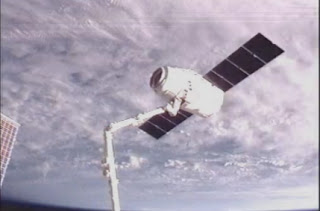Neil Armstrong (First man on Moon) dead at 82

Neil Armstrong Man who created the history Former US astronaut, Neil Armstrong, the first man on the moon, has died at the age of 82, U.S. media reported on Saturday. Armstrong underwent a heart-bypass surgery earlier this month, just two days after his birthday on Aug. 5, to relieve blocked coronary arteries. As commander of the Apollo 11 mission, Armstrong became the first human to set foot on the moon on July 20, 1969. As he stepped on the moon's dusty surface, Armstrong said: ""That's one small step for a man, one giant leap for mankind." First Monn Walk and Shuttle Launch Video The Apollo 11 moon mission turned out to be Armstrong's last space flight. The following year he was appointed to a desk job, being named NASA's deputy associate administrator for aeronautics in the office of advanced research and technology. He left NASA a year later to become a professor of engineering at the University of Cincinnati. The former astronaut lived in ...


